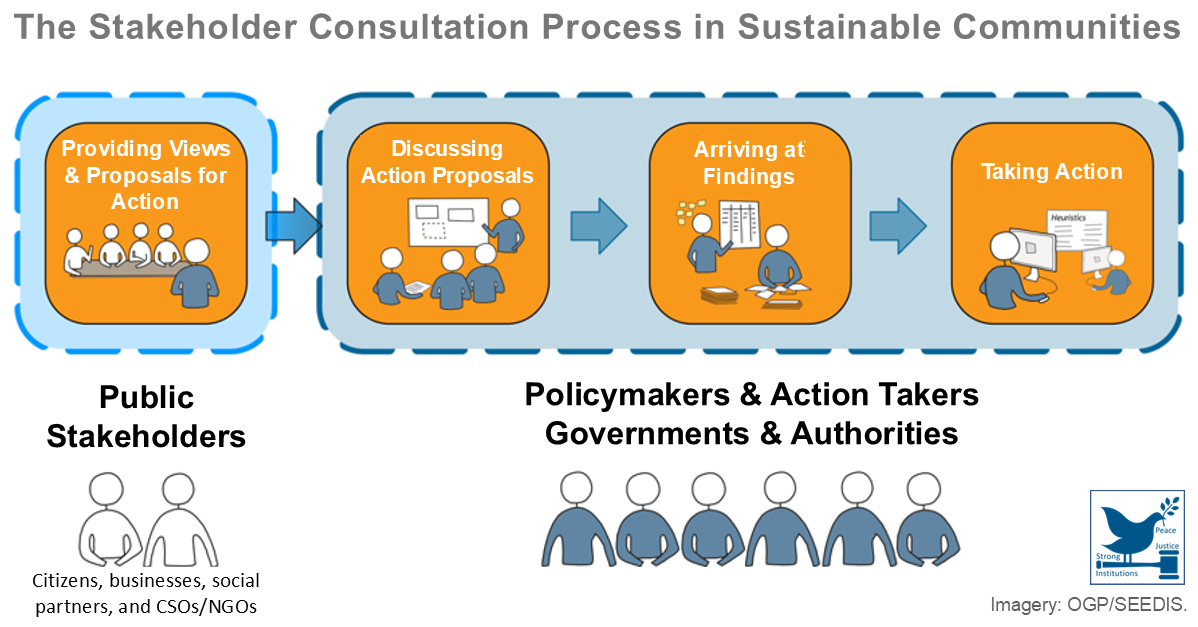A debt-debt swap (DDS) is a debt restructuring by which:
- Old debt is novated between the same debtor and creditor, with amended terms and conditions and/or a new principal amount; or
- The debtor obtains funds from a new creditor and uses the proceeds of the new loan to repay previous creditors, commonly involving the consolidation and settlement of the claims of several creditors.
In a DDS, the debtor trades the distressed debt for new debt with the original creditors absorbing the impact of below-par prices, longer maturities, lower interest rates and/or junior ranking. The debt is generally converted into subordinated loans with a conversion feature or warrants attached in order to give the creditors some future upside potential should the debtor’s financial position improve.
| Accounting for Distressed Debt in a DDS – US GAAP vs. IFRS | |
| US GAAP | IFRS |
| Loans meeting the definition of TDR are treated as a continuation of the original loan rather than the creation of a new one. | If a new asset is recognized, a new EIR is calculated and the loss allowance is measured at 12-month ECL or lifetime ECL if credit-impaired at initial recognition. |


Leave A Comment
You must be logged in to post a comment.